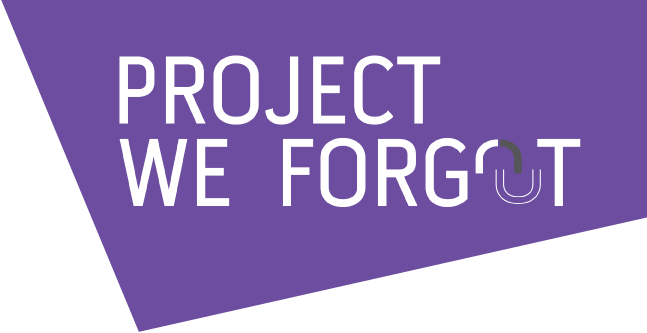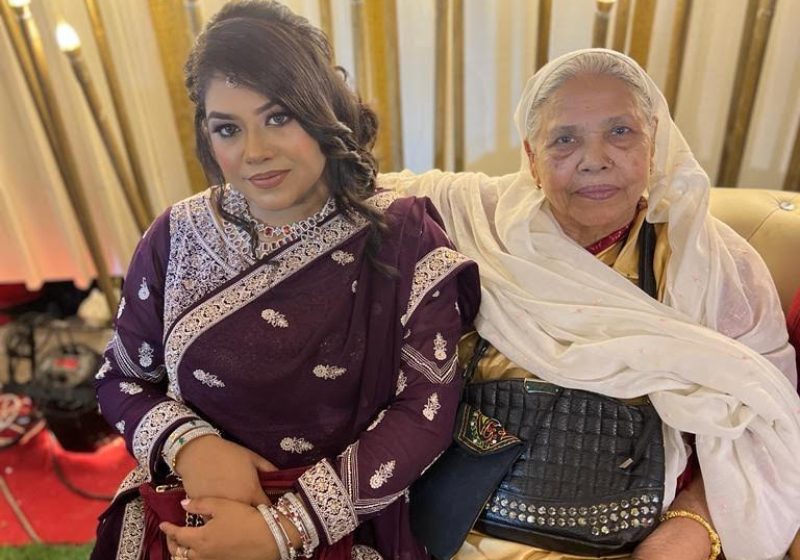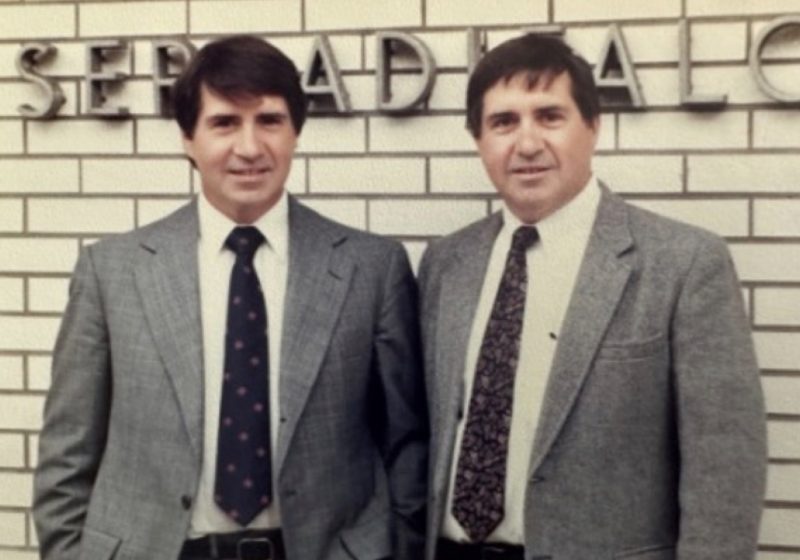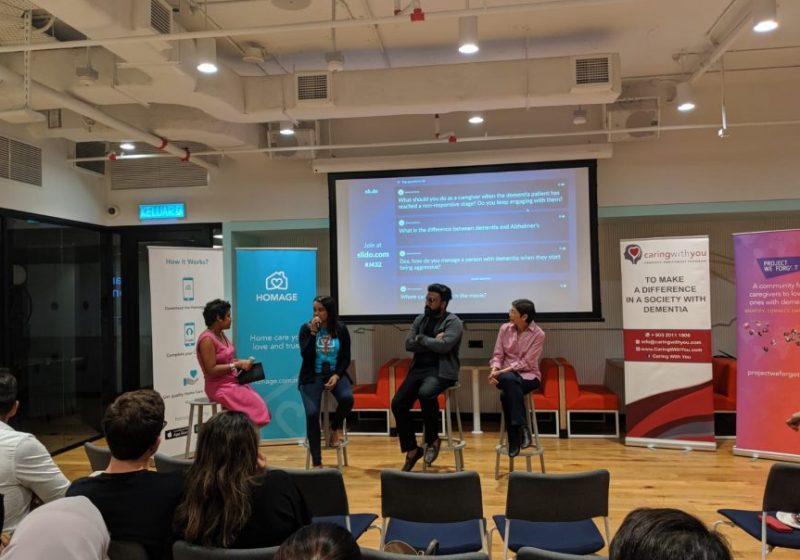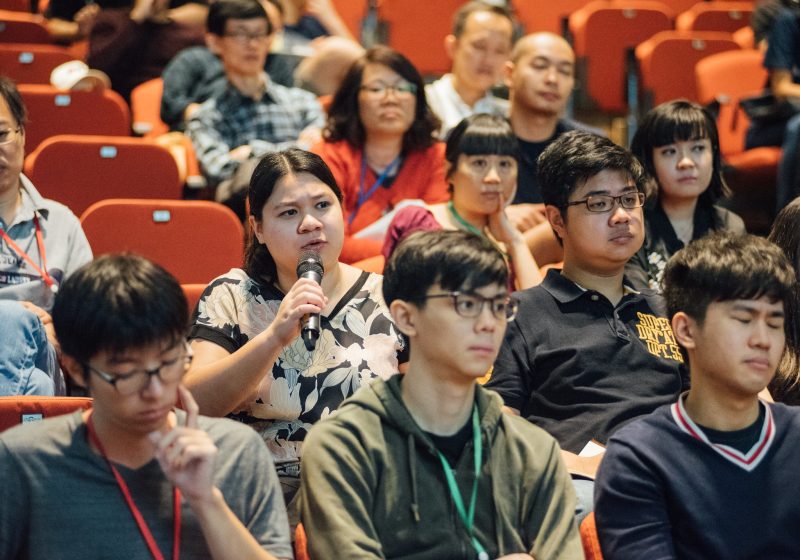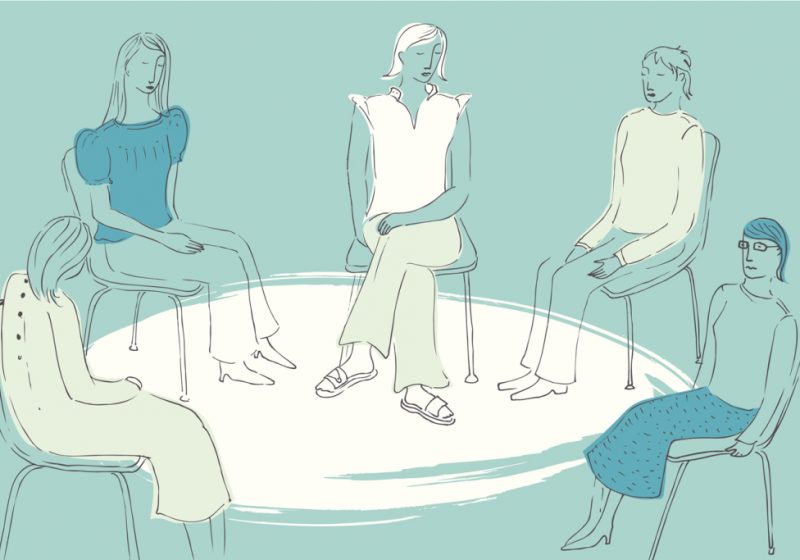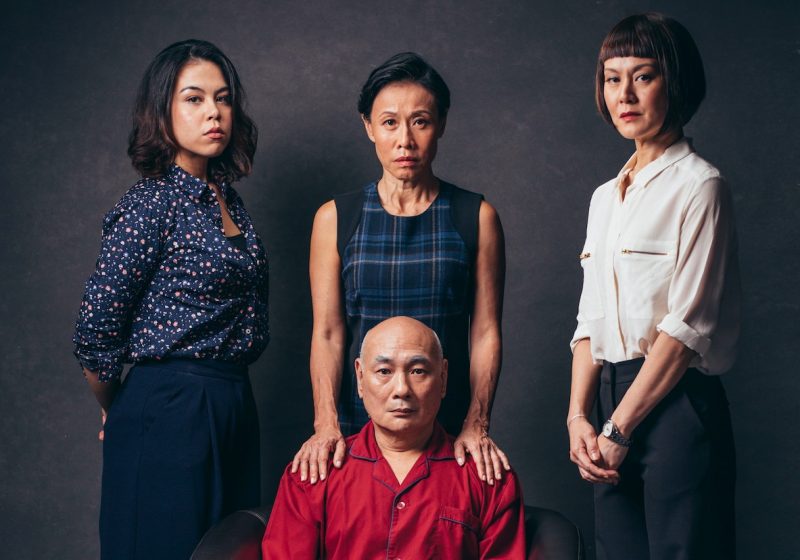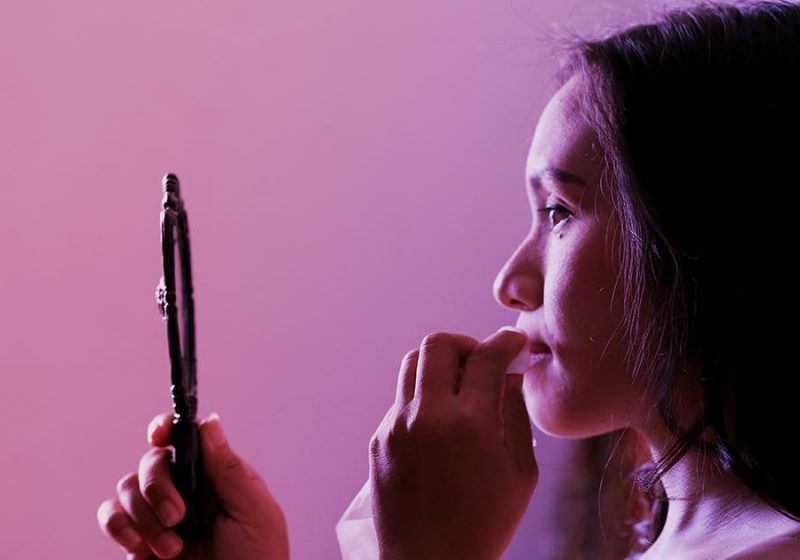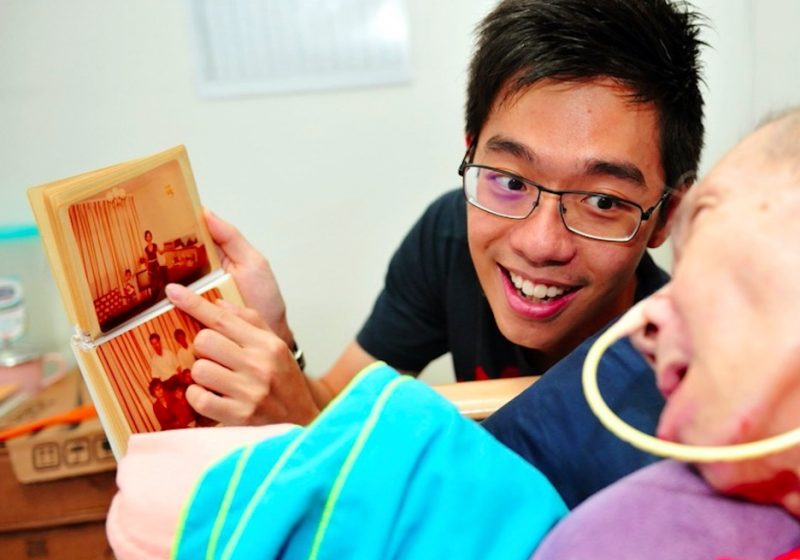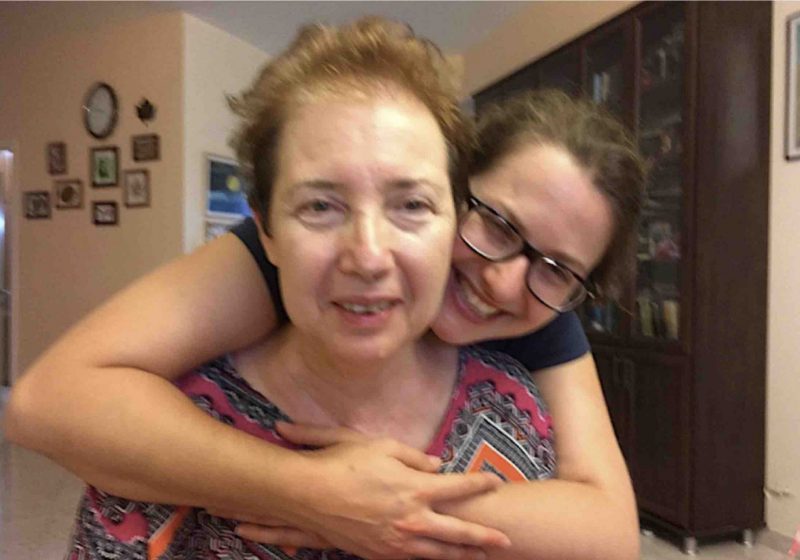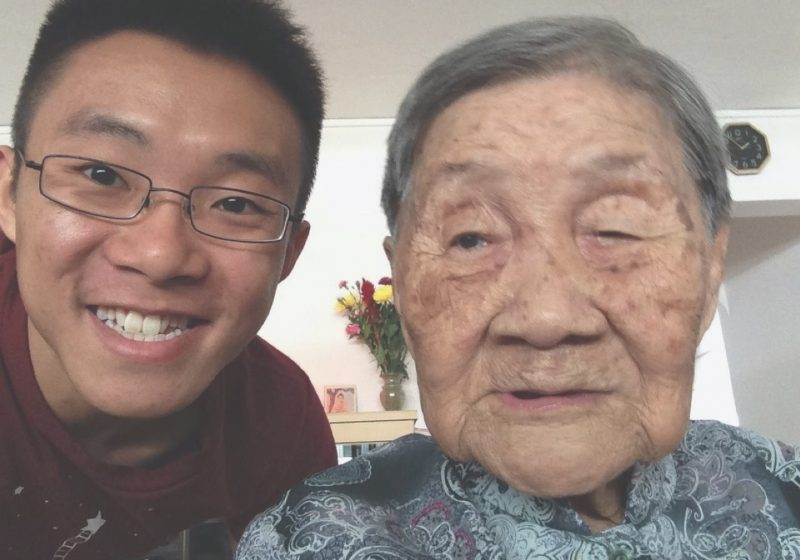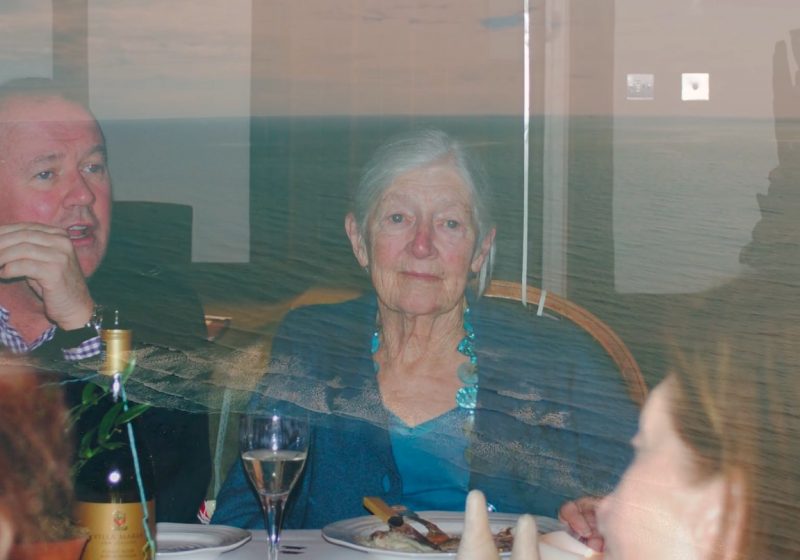As part of Designathon 2019, participants were brought through the design-methodology and making process to bring their ideas to life. It was clear that the room was filled with innovators with a common goal of increasing the quality of life for persons with dementia and their caregivers. Heather Taylor, shares her learnings on the steps to take when designing for dementia.
By Heather Taylor

As we wrap up Designathon We Engage 2019, participants continue the extensive process of innovation. Although the event may be over, new ideas continue to be made in hopes of effecting change within the community and supporting persons with dementia and their carers.
“I like to create products to give hope, really, and to make it more comfortable for persons with dementia and their caregivers.”
One thing is clear when we see the energy and buzz at Designathon 2019 – innovators and participants strive to create with the intention of increasing the quality of life for persons living with dementia and their caregivers. However, the ability to create abstract and innovative ideas is no easy task. Design takes more than a whim of a thought. It is an arduous, time-consuming, but rewarding process to create new and improved methods.
As part of the Designathon 2019 event, participants were brought through the design methodology and making process. Through a series of steps and trial and error, come results of hard work. Here is a summary of the process that was shared with our bright innovators to support and bring their ideas to life.
“It’d be great if a pill could solve it, but if that can’t happen, can we use technology to assist persons with dementia to help them remember who they are, who their family is, who really loves them. Can we use technology to really help facilitate that.”
Steps to take when designing for dementia
- Empathy and understandingIf there’s one takeaway from this article, it is to focus on who you are designing for. To be able to truly understand the plights of the consumers, innovators must communicate with those diagnosed with dementia or family members with personal experience. Be very involved and familiar with the experience of dementia and the journey of dementia and what caregivers go through.It is then that they are truly be able to make an effective and needed product. First the creators must empathise and understand what it is like to be in a vulnerable position as those they are creating the product for.
- Defining the problemThe designers must then think of why these consumers really need this product? How will it be useful and act as positive reinforcement to the problem; whether it be mobility, mental exercises, or a friendly form of engagement.
- Critical thinkingAs the ideas and methods form, it is time to solidify the ideas into an actual product and design. Now the innovators must think, how will this be made? What is the most practical way for this idea to take shape?

- PrototypeOnce the pieces start to come together and the brainstorming ends, it is time to make the actual design. The abstract ideas form into physical manifestations of hard work as the first prototype is made.
- Testing
Now the real challenge begins in trial and error. They need to test again and again to see if the product and design is applicable and ready to be used. Sometimes the best and brightest ideas do not translate over in practical use, however, it can always be improved upon to become reality. Connect and learn from the community. Have conversations with persons with dementia and their caregivers. Always respect that they are living the journey and that every experience is different.
“We’ve been spending hours and hours on our prototype. We thought that that would be the best that we would be able to present, but that’s where we have peer evaluation and we’re able to see what is right and what is wrong and how we are able to improvise our prototype from there.”
After all those steps are completed is when the final prototype is ready to support further conversations with persons with dementia and their carers. Sit, connect and hear their stories. While some designs may or may not be fully completed, ideas are ever-changing and is always an on-going process. What could be a simple singular idea, could transform into many intricate designs that innovators would never have imagined before. It all takes time and many mistakes, but the results always prove to be worth it, especially in the name of helping others out.
